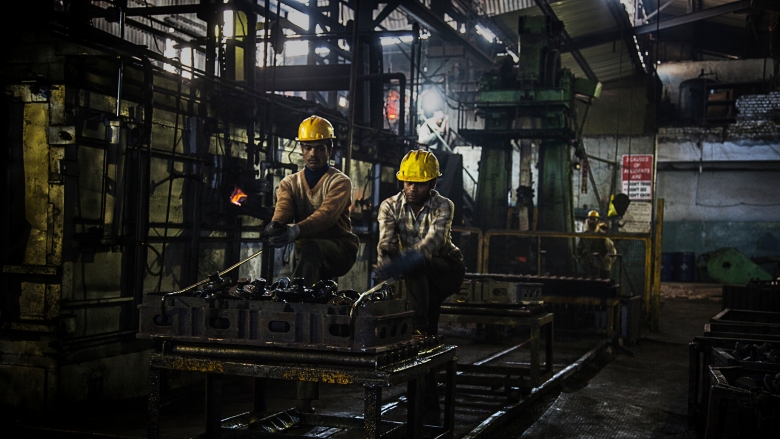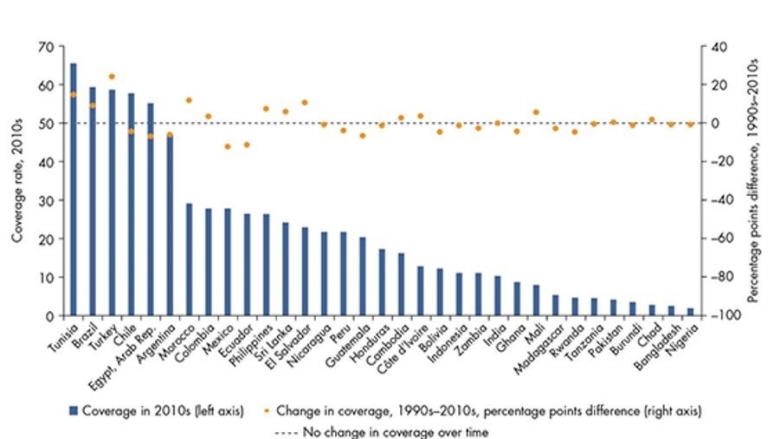Your daily office commute is delayed due to strikes against ride-sharing companies. Your nephew just joined his second start-up. Your daughter lands a job as a freelance journalist. Your street vendor who sells flowers down the street has been absent due to an illness. Your maid asks you to help contribute to a web-based pension product, she has a tough time applying for government social pension programs as she cannot prove that she has been living in Delhi for three continuous years.
India has made tremendous strides in poverty reduction in the first decade of the 21st century. However, economic growth has failed to generate enough stable and good jobs for its burgeoning working-age population. Employment has grown rapidly in construction and retail, gains in manufacturing jobs has been slow. And even within manufacturing, and in the organized sector more broadly, employment contracts have been shifting towards greater informality, as production is out-sourced and new hires are taken on as contract workers without job security or social security. In 2012, over 90 per cent of Indian workers were informal. As per the most recently available data, the share of contract labor in organized manufacturing reached 34 per cent in 2011, up from 14 per cent in 1996.
Most social protection systems in rich countries were developed at a time of “jobs for life,” with social insurance based on mandatory contributions and payroll taxes on formal wage employment. But around the globe, this traditional, payroll-based insurance system is increasingly challenged by working arrangements outside standard employment contracts. In the U.S., pension plans are becoming a thing of the past. In India, Indonesia, Pakistan, Bangladesh and Nigeria — which combined account for about a third of the world’s population — coverage of social insurance is single digit or almost so, with virtually no change detected over the past decades.


